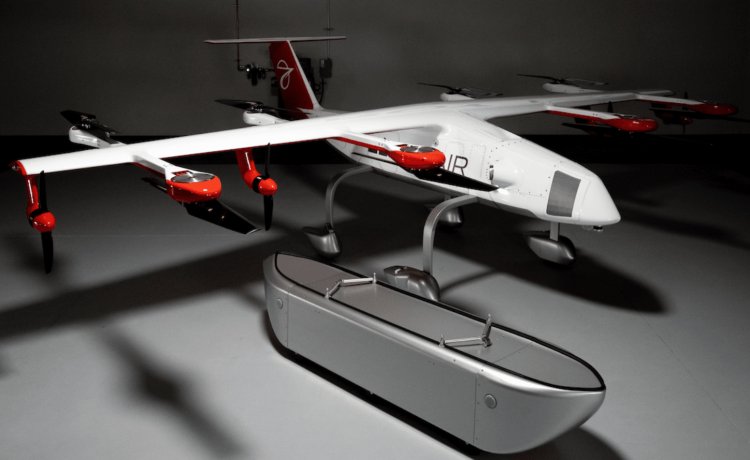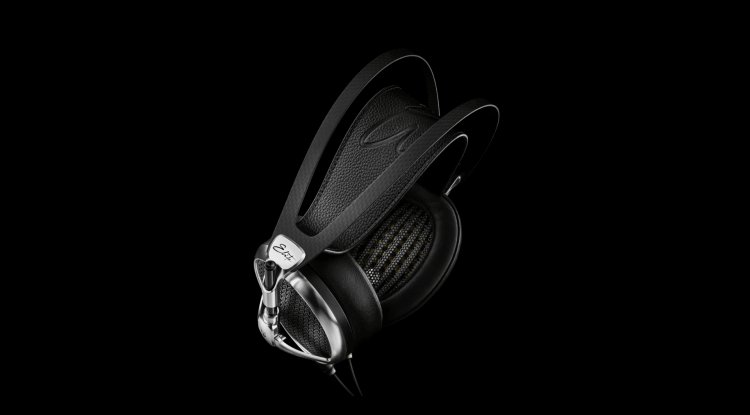FedEx tests autonomous cargo planes

A delivery company wants to use a Chaparral C1 drone to move roughly 200 kg of products from one facility to another.
FedEx has teamed with Elroy Air to transfer items between two locations using autonomous cargo planes. The concept envisions using Elroy Air VTOL (vertical take-off and landing) drones to transport orders between distribution locations without the requirement of a human pilot or crew. The goal is to reduce delivery times.
The Chaparral C1 drone, which was unveiled in January, has a hybrid engine, a range of up to 480 kilometers, and the ability to carry up to 225 kilos of weight. It is powered by 12 electric motors and 12 thrusters.
To compensate for the drawback of the relatively low load capacity, the Chaparral C1 presents a compelling case for not requiring specialized infrastructures such as an airport or charging station.
According to Engadget, which quotes a FedEx news release, the deployment of this vehicle and others of its kind will assist the firm in meeting its carbon neutrality objective by 2040.
The two firms have been working together for two years, and FedEx and Elroy Air are striving to get the necessary safety permits so that the first test flights can take place as early as 2023.
Recall, Amazon was one of the first companies in the world to announce that it would start a project to deliver packages by air, ie that it would transport them by drones from the warehouse to the door of the customers who ordered the package.
Their Amazon Prime Air project has been tested for years, has gone through problems and deadlines, many experts have changed their development, and packages are still not delivered using drones on a slightly larger scale – all still within limited trial deliveries.
Amazon has had a license for the Prime Air program since 2020, and since then, according to official data, it has performed more than 2,300 test flights. Experimental air deliveries are performed in closed air spaces, ie in controlled conditions and a safe environment, but even such are not perfect.
Read more about this HERE.





























